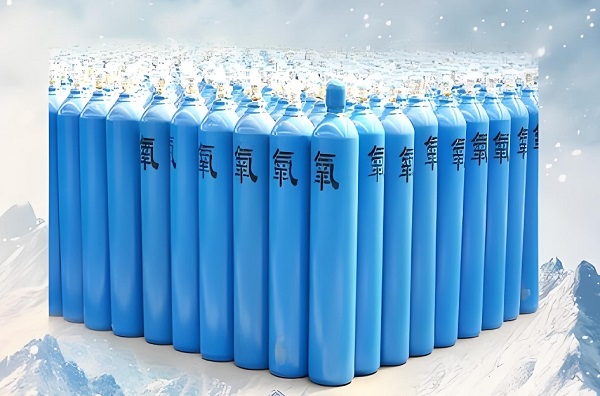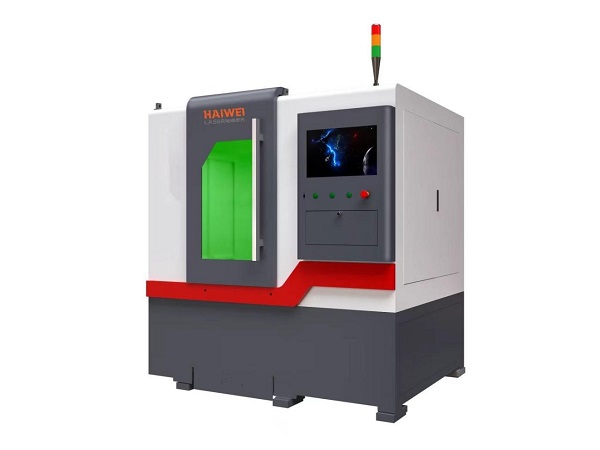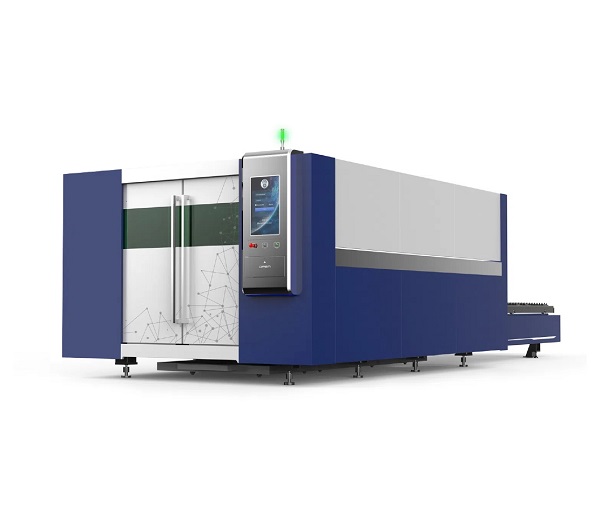Guide for selecting auxiliary gases for laser cutting machines
Many people tend to overlook the importance of auxiliary gases when operating laser cutting machines. In fact, choosing the right auxiliary gas has a significant impact on cutting quality, efficiency, and even equipment lifespan. Today we will talk about how to choose the appropriate auxiliary gas for laser cutting machines.

Select according to the cutting material
Metallic materials
Carbon steel: Oxygen is a commonly used auxiliary gas when cutting carbon steel. Oxygen can undergo oxidation reaction with carbon steel melted by laser, generating additional heat and accelerating cutting speed. For example, when cutting thinner carbon steel sheets, oxygen can make the cutting surface smoother and reduce slag accumulation. But when cutting thick carbon steel, attention should be paid to controlling the oxygen flow rate, as excessive flow can easily cause the incision to be wide at the top and narrow at the bottom.
Stainless steel: Nitrogen is a good helper for cutting stainless steel. Because stainless steel contains elements such as chromium, cutting with oxygen can easily form an oxide layer on the surface of the cut, which affects the corrosion resistance of stainless steel. Nitrogen can blow away molten metal without undergoing oxidation reactions, making the cutting surface shiny and ensuring the original characteristics of stainless steel.

Non metallic materials
Acrylic: Air can serve as an auxiliary gas for cutting acrylic. Acrylic has a soft texture, and air can blow the laser melted acrylic away from the cutting area to prevent slag residue. However, it is important to control the laser power and air flow during cutting to avoid burning of acrylic.
Wood: The same air is also suitable for cutting wood. Wood cutting is prone to generating smoke and dust. Air can blow away the smoke and dust, making the cutting process clearer and also suppressing excessive burning of wood. But for some high-density woods, it may be necessary to increase the air flow appropriately.
Laser cutting machine
Consider cutting thickness
Thin plate cutting: When cutting thin plates, the gas flow rate is relatively small. For example, when cutting metal sheets of 1-3 millimeters, a small flow of auxiliary gas can effectively blow away the slag and ensure the quality of the cutting surface. Excessive flow may actually deflect the laser beam, affecting cutting accuracy.
Thick plate cutting: When cutting thick plates, greater gas pressure and flow rate are required. Taking thick carbon steel over 10 millimeters as an example, sufficient oxygen flow can maintain the continuous oxidation reaction, provide more heat to help melt deep metal, and enable smooth cutting.
Combined with device power
Low power equipment: Low power laser cutting machines have limited energy, and the selection of auxiliary gases should focus on reducing cutting resistance. For cutting non-metallic materials, air or low-pressure nitrogen gas is more suitable to avoid interference with laser energy caused by high-pressure gases.
High power equipment: High power equipment has strong energy and can be matched with auxiliary gases with higher pressure and slightly stronger activity. For example, when cutting thick metal plates with high-power lasers, high-pressure oxygen can fully utilize the laser energy and improve cutting efficiency.

Laser cutting machine
When choosing the auxiliary gas for a laser cutting machine, factors such as cutting material, thickness, and equipment power should be comprehensively considered. Only by selecting the appropriate auxiliary gas can the high performance of the laser cutting machine be fully utilized, achieving efficient and high-quality cutting operations.
Recent Posts
- What are the advantages of laser welding machines in lithium battery pack production lines?
- What issues should be noted when choosing a lithium battery pack production line?
- Quality Inspection and Control of Lithium Battery Module Pack Production Line
- Cell grouping and sorting process in lithium battery module pack production line
- What are the safety hazards of lithium battery pack production lines and how can they be prevented?
INQUIRY

